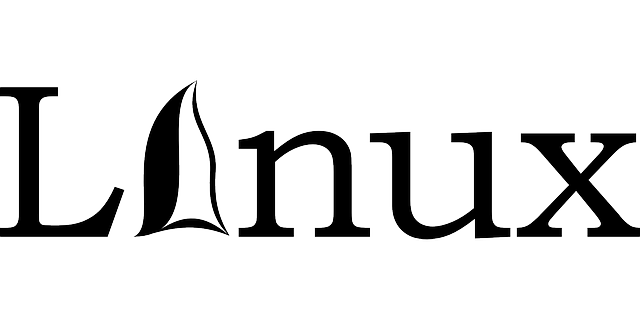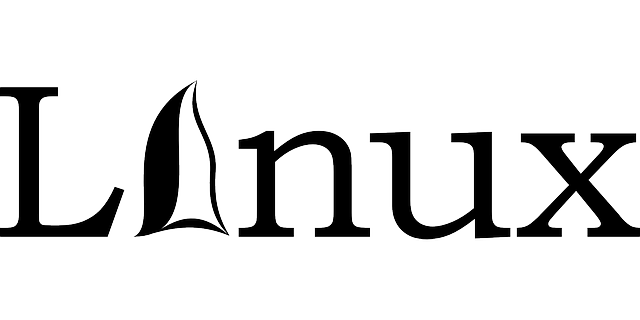In the dynamic world of open-source operating systems, few stories are as compelling as that of ReactOS, a project with the ambitious goal of developing a free, Windows-compatible OS. Marking a significant stride in its evolution, ReactOS has recently achieved a groundbreaking milestone by appointing its very first full-time developer. This development not only underscores the project's growth and commitment to its mission but also opens a new chapter in its development process. Amid this exciting advancement, The Register has obtained exclusive access to the latest ReactOS build, offering us a unique opportunity to scrutinize the current state of the project, identify areas requiring attention, and provide insights into what the future holds for this fascinating endeavor.
In this comprehensive article, we will embark on a journey through the key phases of ReactOS's progression. Starting with the remarkable achievement of welcoming its first full-time developer, we'll delve into the intricacies of the latest build, pinpointing specific aspects that demand refinement. Furthermore, we'll trace the evolution of ReactOS from its inception as a volunteer-driven project to its evolution into an initiative that now encompasses professional development efforts. Join us as we explore the milestones, challenges, and potential of ReactOS, an operating system that dares to reimagine the landscape of free, open-source software.
- 1. ReactOS Achieves a Major Milestone: Welcoming Its First Full-Time Developer
- 2. A Deep Dive into the Latest ReactOS Build: Identifying Key Areas for Improvement
- 3. The Journey of ReactOS: From Volunteer Project to Professional Development Team
1. ReactOS Achieves a Major Milestone: Welcoming Its First Full-Time Developer
In a groundbreaking moment that marks a significant leap forward in its development, ReactOS, the open-source operating system that has long endeavored to provide a free alternative to Microsoft Windows, has achieved a considerable milestone: officially employing its first full-time developer. This landmark decision signals not only a boost in confidence for the project but also a tangible shift in its evolution, underlining the progress from a passion-driven volunteer endeavor to a more structured and possibly accelerated development phase.
For years, ReactOS has been renowned within tech circles for its ambitious goal of creating an operating system compatible with Windows applications and drivers, offering a free, open-source solution without the need for a Windows license. Despite the complexities and massive scope of such an undertaking, the project has survived and grown, thanks largely to the commitment of a global community of volunteer developers. However, the nature of volunteer work, while invaluable, inherently brings challenges, particularly in terms of consistency and the allocation of time resources. By transitioning to include a full-time developer in its ranks, ReactOS is poised to address these challenges head-on, potentially increasing the speed and efficiency of its development cycle.
The inclusion of a paid, full-time developer is expected to herald a new era for ReactOS, where dedicated work hours can ensure more consistent progress, quicker responses to bug fixes, and a streamlined approach to tackling the ambitious goals set by the project. It stands as a testament to the maturity of ReactOS, illustrating that it has grown in both ambition and viability to a point where such a step is not only possible but necessary for its continued growth and development.
This milestone is also a significant indicator of the support and belief in the project's potential, made possible by donations and funding from those who wish to see an open-source platform that can truly stand toe-to-toe with proprietary operating systems. With this move, ReactOS is sending a clear message about its direction and commitment to providing a viable alternative to Microsoft Windows, promising exciting developments on the horizon for supporters, users, and the open-source community as a whole.
2. A Deep Dive into the Latest ReactOS Build: Identifying Key Areas for Improvement
In examining the most recent iteration of ReactOS, a project that ambitiously aims to provide an open-source OS compatible with Windows applications and drivers, it's clear that the development team, now buoyed by their first full-time hire, has been hard at work. However, despite significant progress, several areas could benefit from focused improvement to enhance the system's stability, compatibility, and user experience.
**Stability and Bug Fixes:** Stability remains a critical concern, as users report occasional crashes and freezes, particularly when running more complex applications or when managing multiple tasks simultaneously. This instability can deter potential users and developers, who might otherwise contribute to the OS's growth. The prioritization of bug fixes, especially those affecting system stability, will be crucial in fostering a more reliable environment for users and in attracting additional development support.
**Hardware Compatibility:** ReactOS's promise of broad compatibility with Windows drivers is one of its standout features. While there have been remarkable strides in this area, there still exists a gap, especially with newer hardware. Users experimenting with the latest build have reported issues ranging from incomplete driver support for recent graphics cards to challenges in recognizing some USB devices. Expanding hardware compatibility, particularly with modern components, will be vital in ensuring ReactOS can serve a broader audience.
**User Interface (UI) and User Experience (UX):** While functional, ReactOS's user interface borrows heavily from older versions of Windows. This approach maintains familiarity but also means it inherits some dated design decisions. Improving the UI and UX could involve integrating more modern design elements, enhancing accessibility features, and refining the overall user interaction model to align with current usability standards. Doing so could make ReactOS more appealing to users accustomed to the sleek, intuitive interfaces of contemporary operating systems.
**Software Compatibility:** One of ReactOS's ambitious goals is to create an open-source platform capable of running Windows applications seamlessly. Although there has been progress, the compatibility layer still struggles with more recent or complex applications, including some popular productivity tools and games. Continued development in this area, perhaps with a focus on supporting widely used frameworks and libraries, could dramatically increase the usability and appeal of ReactOS.
**Security Features:** In the current digital landscape, security is paramount. ReactOS needs to continue developing and integrating robust security measures to protect users from malware and cyber threats, especially as it seeks to emulate Windows, a major target for attackers. Enhancing security features, including regular updates to address vulnerabilities, will be essential in building trust and ensuring the safety of its user base.
**Documentation and Community Support:** Lastly, while not directly related to the software's code, comprehensive documentation and active community support channels are indispensable tools for both users and developers. Better documentation can ease the learning curve for new users and developers alike, while a vibrant, supportive community can accelerate problem-solving and innovation within the project.
Addressing these key areas—stability, hardware compatibility, UI/UX improvement, software compatibility, security, and community support—will be essential for ReactOS as it moves forward with its newly expanded team. These improvements could not only enhance the overall experience for current users but also attract new users and developers to the platform, contributing to its growth and success.
3. The Journey of ReactOS: From Volunteer Project to Professional Development Team
ReactOS, an open-source operating system engineered to be binary-compatible with Windows, has been a labor of love for its dedicated community of developers for over two decades. Starting as a mere vision to provide a free and open-source alternative to Microsoft's Windows OS, ReactOS set out on a journey fraught with challenges. Initially, the project relied solely on the voluntary contributions of enthusiasts and programmers scattered across the globe. Despite the disparate nature of its development team, the project made gradual progress, attracting attention for its ambition to run Windows applications and drivers natively.
The development of ReactOS was akin to assembling a colossal jigsaw puzzle. Each contributor added pieces — from improving kernel components to refining the user interface — all in their spare time and without financial compensation. This collaborative but unstructured approach, while fostering a rich community spirit, inevitably led to variability in the pace of development. Progress was steady but slow, as the project contended not only with the technical complexities inherent in creating an OS from scratch but also with the legal intricacies of ensuring that their work did not infringe upon Microsoft's copyrights.
The transition towards professional development marks a significant evolution in the ReactOS project's life cycle. The decision to hire a full-time developer was driven by the recognition that to achieve the project's ambitious goals — creating a reliable and fully functional OS compatible with Windows — a more structured and coordinated development effort was necessary. This strategic shift aims to accelerate the pace of development, enhance the stability and performance of ReactOS, and attract more developers and users to the platform.
Hiring a full-time developer is a testament to the maturation of ReactOS from a purely volunteer-driven endeavor to a project that blends voluntary contributions with professional development. This move reflects a broader trend in the open-source community, where the success and sustainability of a project often require a combination of enthusiast-driven innovation and professional discipline. It also opens new avenues for funding and support, as the presence of professional staff can make the project more attractive to potential sponsors and donors.
This transition does not mean an end to the community-driven nature of ReactOS. Instead, it represents an evolution towards a hybrid model that leverages the best of both worlds: the passion and diversity of the open-source community, and the efficiency and focus of a professional development team. As ReactOS embarks on this new phase of its journey, the project stands at a pivotal point, poised to move closer to its goal of providing a viable, open-source alternative to Windows, powered by a blend of volunteer-led innovation and professional development prowess.






























+ There are no comments
Add yours